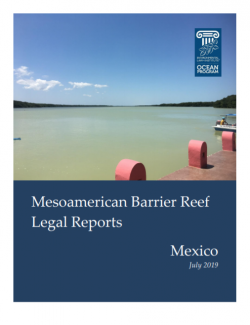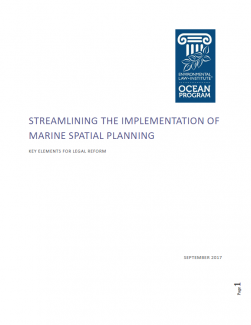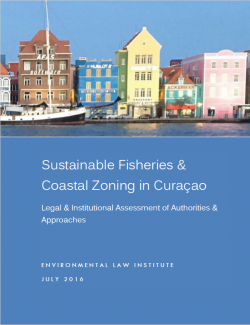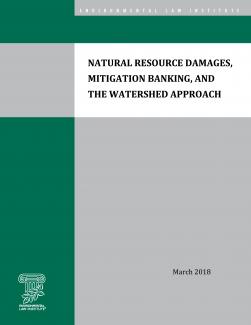Mesoamerican Barrier Reef Legal Reports: Guatemala
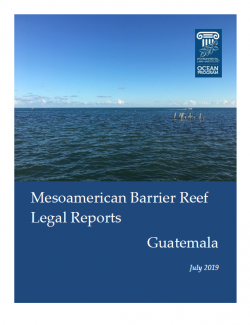
This document was prepared by the Environmental Law Institute in partnership with Rare. The report provides information regarding the structure and function of the Guatemalan government, and the institutional legal framework of the governance of small-scale fisheries and Marine Protected Areas (MPAs). Specifically, this report summarizes main actors and the legal framework for artisanal/small-scale fisheries, and for management of fisheries resources and marine protected areas.

